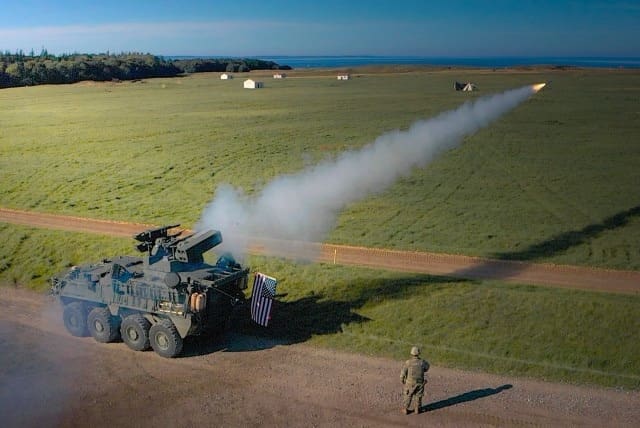
WASHINGTON — The Army renamed the Maneuver-Short Range Air Defense system for Medal of Honor recipient Sgt. Mitchell W. Stout during an Army birthday festival today at Fort Belvoir, Virginia.
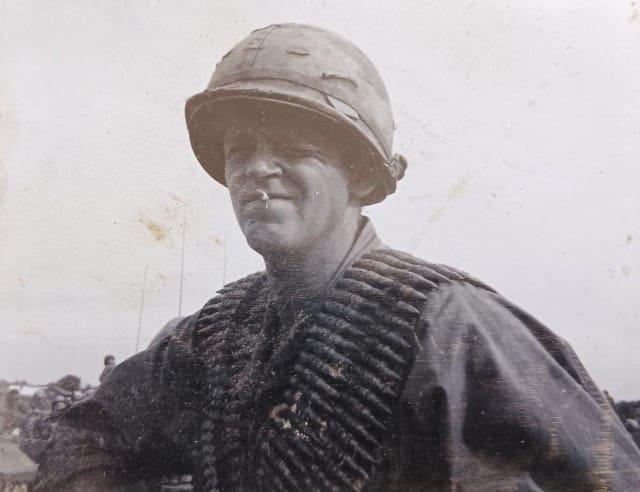
Stout, an artilleryman with the 1st Battalion, 44th Air Defense Artillery Regiment, was killed during the Vietnam War protecting fellow Soldiers. He grabbed a grenade thrown into their bunker and ran for the exit. As he reached the door the grenade exploded, but by holding it close to his body, he was able to shield the other Soldiers from the blast.
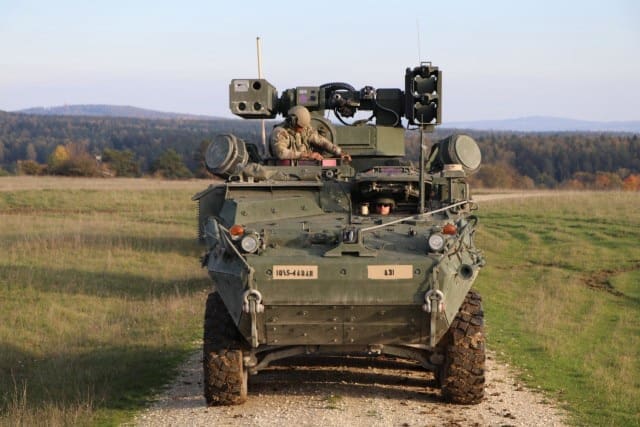
“Naming this game-changing air defense capability after Sgt. Stout was appropriate and well-deserved, given his heroic efforts to protect fellow Soldiers from danger,” said Doug Bush, assistant secretary of the Army for acquisition, logistics, and technology. “The M-SHORAD was designed to do the same against a variety of airborne threats.”
The system uses a mix of guns, missiles, and onboard sensors attached to a Stryker Infantry Carrier Vehicle to defend against unmanned aircraft systems, rotary wing, and fixed-wing aircraft.
Soldiers with the 5th Battalion, 4th Air Defense Regiment were the first to receive and test four of the increment one defense systems. They successfully conducted live-fire tests at the Putlos Bundeswehr range on the Baltic Sea coast of Germany in 2021 and became fully equipped with the systems in 2023.
The Army plans to field 144 air defense systems to four battalions by fiscal year 2025 with an additional 18 systems for training, operational spares and testing.
Incremental upgrades to the system will feature enhanced effects including directed energy, and improved missiles and ammunition. The Rapid Capabilities and Critical Technologies Office completed the delivery of four directed energy systems to the 4th Battalion, 60th Air Defense Artillery Regiment last fall.
“The M-SHORAD family of systems adds commensurate mobility or survivability to maneuvering forces and joint maneuvering forces through protection against enemy air threats,” Bush added. “Its flexibility and versatility provide a best value for the nation and increases Soldier capabilities through performance and training capabilities.”
The M-SHORAD will now be named the SGT STOUT
Sgt. Mitchell W. Stout, from Loudon, Tennessee, joined the Army in August 1967 at 17 years old after dropping out of high school. He completed paratrooper school before the Army realized he was too young when he joined and discharged him.
By that time, he already turned 18. He went to a recruiter’s office the very next day and signed up again, this time as an artilleryman.
“He wanted to be where he was needed,” said his sister, Susan Tyler. “That’s the way we grew up. If your country needs you, you do what you can and volunteer.”
Stout completed a tour in Vietnam and returned home in 1969. After speaking with friends and family, he volunteered to return to Vietnam to help the young Soldiers still fighting.
“I think he had a calling, I really do,” Tyler said. “I think he knew somehow in his heart that if he went back, he could help someone in some way.”
A few weeks after returning to Vietnam, on March 12, 1970, a North Vietnamese company attacked his unit’s firing position at the Khe Gio Bridge. Stout and a crew of Soldiers went into a bunker as they came under heavy mortar fire.
When the firing stopped, the enemy threw a grenade into the bunker, prompting Stout to act and save the lives of his fellow Soldiers.
“He cared about those Soldiers that put their boots on every day, who shine their brass and do their best,” Tyler said. “And that’s what he died for, he died for them.”
Stout was posthumously presented with the Medal of Honor on July 17, 1974. He is the only Army air defense artilleryman to earn the award.
By Christopher Hurd, Army News Service


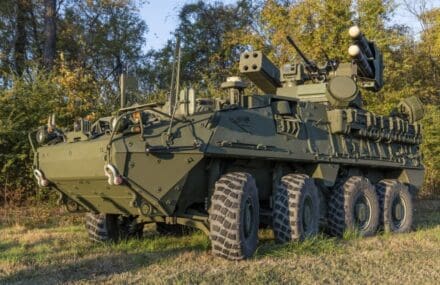
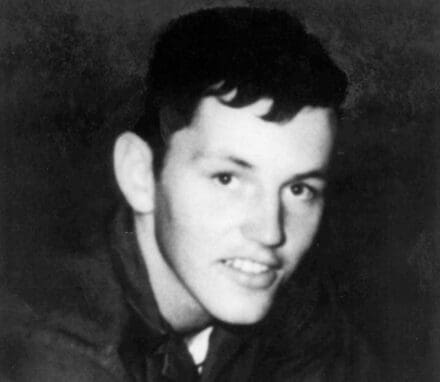
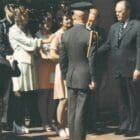


Sweet Jesus what the army saw in ukraine must have terrified them to have gotten this thing combat operational so quick.Bravo all involved
Honestly, they’ve been working hard on Shorad for a long time. What’s held them back is the unrealized drive for that next level of laser and microwave (and associated power systems) to the detriment of guns and smaller missiles/drones. Ukraine has done more than light a fire under them ,it’s given the something approaching guidance and experience. They’ll ultimately have to go even smaller and more distributed to keep from getting overwhelmed, but this is a step in the right direction for sure.
It’s a 7 year old system using missiles and guns that have already been developed. It’s been combat-operational.
Lest we forget.
A worthy name for the new system.